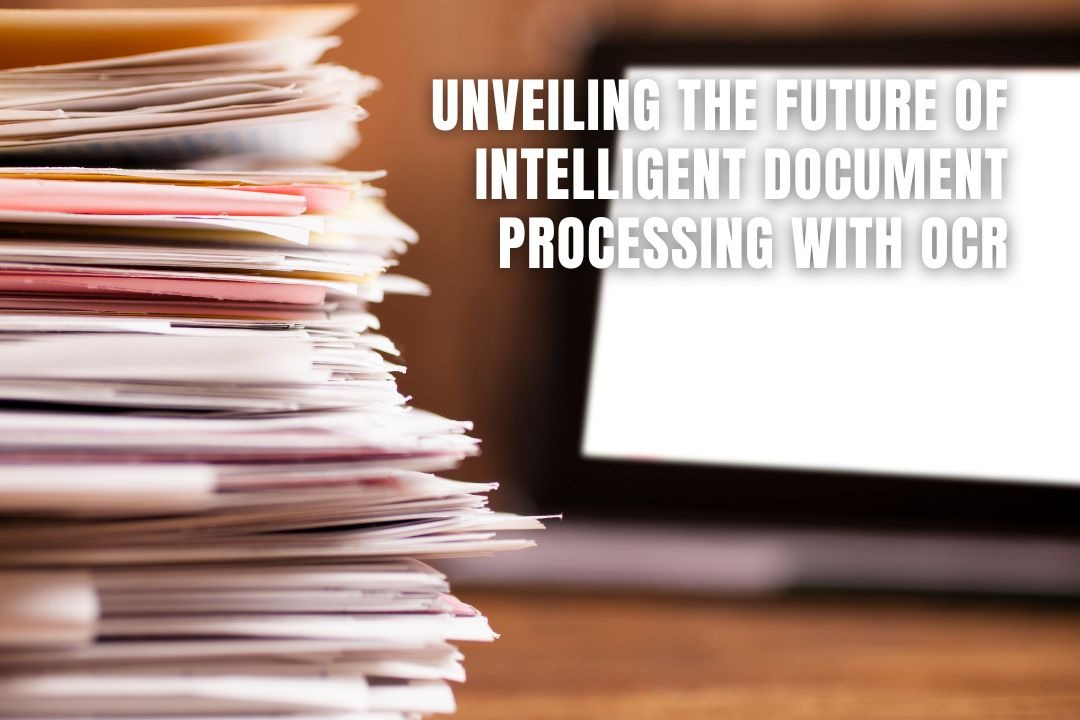As we venture further into the era of digital transformation, the future of Optical Character Recognition (OCR) technology promises to be defined by advancements in predictive analytics, machine learning, and beyond. This article explores the evolving landscape of OCR and the transformative potential of emerging technologies in shaping its future.
Evolving Trends in OCR
OCR technology has undergone significant evolution since its inception, driven by advancements in hardware capabilities, algorithmic innovations, and the proliferation of digitized content. Traditional OCR systems, which relied on rule-based approaches and template matching, have given way to more sophisticated techniques powered by machine learning and artificial intelligence.
Modern OCR systems leverage convolutional neural networks (CNNs), recurrent neural networks (RNNs), and deep learning architectures to achieve unprecedented levels of accuracy and efficiency. These algorithms excel at extracting textual information from diverse sources, including scanned documents, images, and videos, while adapting to variations in text size, font, and orientation.
Predictive Analytics in OCR
The integration of predictive analytics into OCR systems holds immense promise for enhancing accuracy and performance by leveraging historical data and contextual information. Predictive models trained on large datasets can anticipate patterns and trends in OCR tasks, enabling more accurate recognition of text elements and improved handling of complex document layouts.
Furthermore, predictive analytics can aid in preemptive error correction and post-processing optimization, reducing the need for manual intervention and streamlining document processing workflows. By analyzing past OCR performance metrics and user feedback, predictive models can identify areas for improvement and adaptively adjust OCR parameters to maximize accuracy and efficiency.
Machine Learning for Continuous Improvement
Machine learning algorithms play a pivotal role in the continuous improvement of OCR systems by enabling adaptive learning and iterative refinement. Through techniques such as supervised learning, unsupervised learning, and reinforcement learning, OCR models can learn from labeled data, self-correct errors, and optimize performance over time.
Moreover, machine learning facilitates the development of context-aware OCR systems capable of interpreting textual information in the broader context of document semantics and user intent. By analyzing surrounding content and contextual cues, OCR models can infer relationships between text elements, extract meaningful insights, and provide more accurate and relevant output.
Beyond Traditional Text Recognition
The future of OCR extends beyond traditional text recognition to encompass multimodal data processing, semantic understanding, and cognitive computing. Emerging technologies such as natural language processing (NLP), computer vision, and knowledge graphs enable OCR systems to interpret textual information in conjunction with visual context, spatial relationships, and domain-specific knowledge.
This holistic approach to OCR opens up new possibilities for applications in fields such as augmented reality, autonomous navigation, and intelligent document analysis. By integrating OCR with other AI-driven technologies, organizations can unlock synergies and create value-added solutions that transcend traditional document processing tasks.
Conclusion and Future Directions
In conclusion, the future of OCR is characterized by a convergence of predictive analytics, machine learning, and advanced technologies that enable more accurate, efficient, and context-aware text recognition capabilities. As OCR systems continue to evolve, organizations must embrace innovation and adaptability to harness the full potential of these transformative technologies.
Looking ahead, the integration of OCR with predictive analytics and machine learning holds the promise of revolutionizing industries such as finance, healthcare, and legal services, where accurate and efficient document processing is paramount. By staying abreast of emerging trends and investing in research and development, organizations can position themselves at the forefront of OCR innovation and drive meaningful impact in the digital age.



